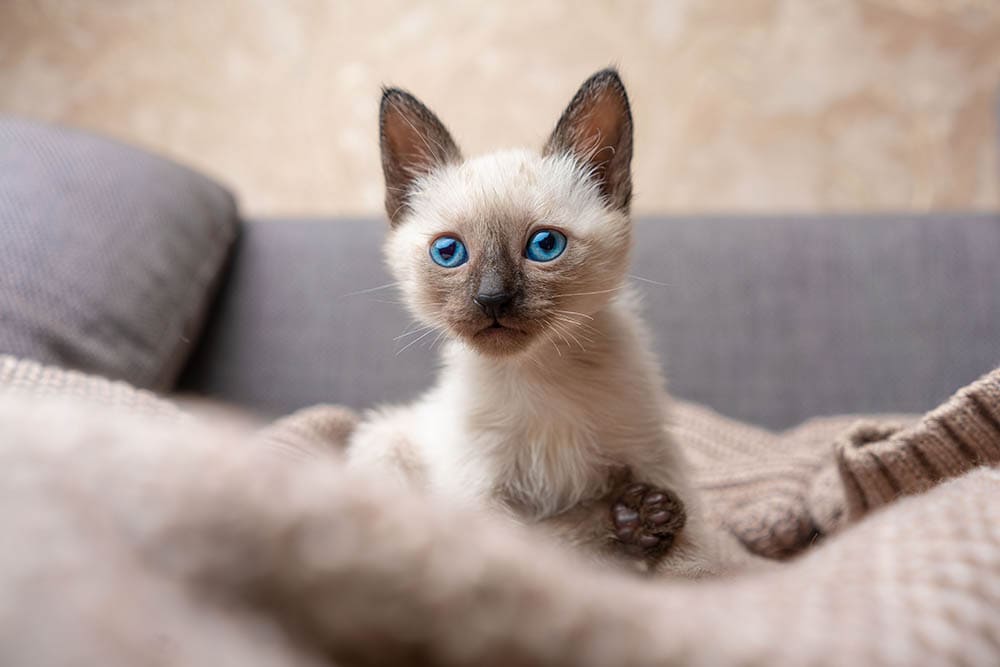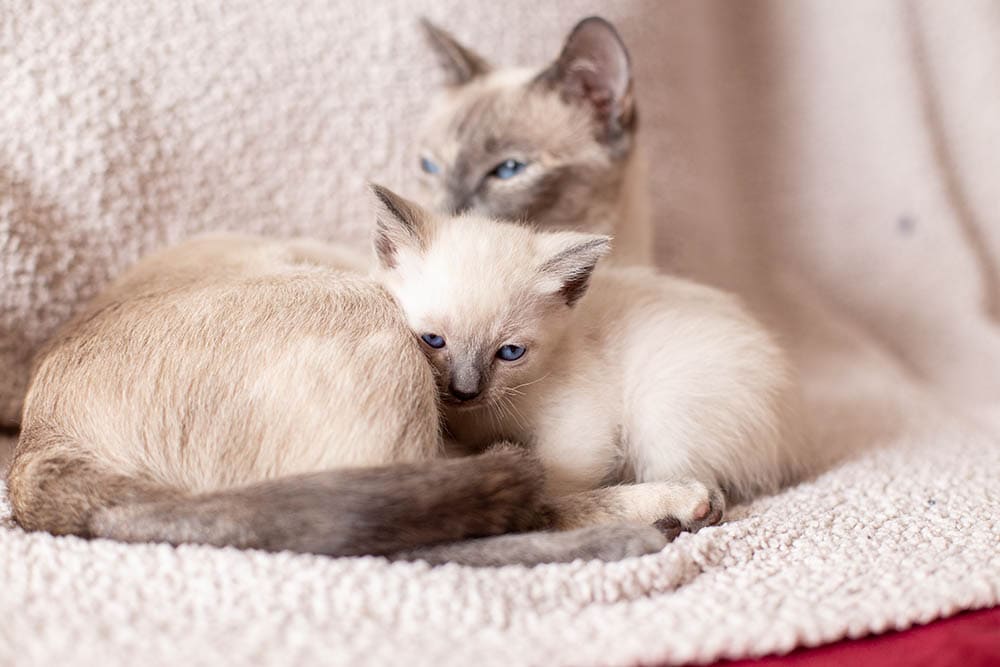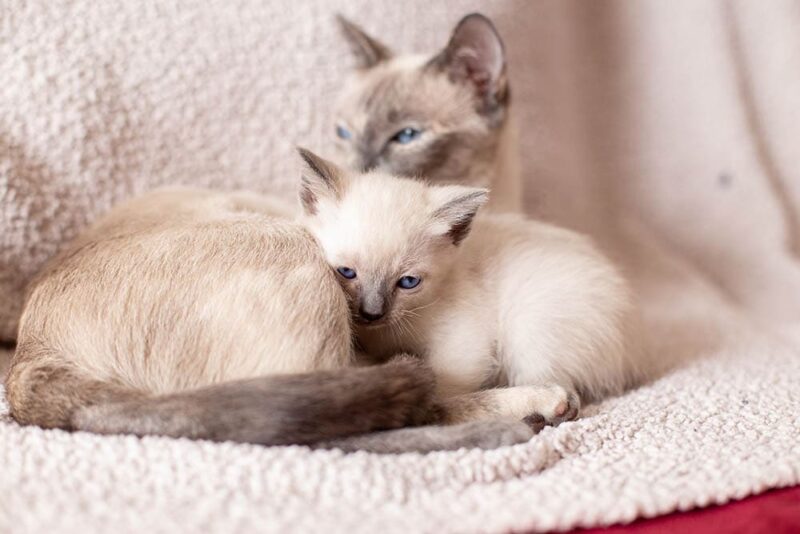Catster advocates for adopting before shopping, though we fully understand there are many reasons for seeking a breeder. So, we encourage it to be done the right way. We have not personally visited or investigated all of the breeders below. We have put the top-recommended all in one place for you to get in touch and make the best decision for you. Learn more about our stance and how to choose the right breeder here.
The Siamese cat is an incredibly popular ancient breed that originally came from Asia. It’s a shorthair cat that has a color point coat and blue eyes. The Siamese is also the basis for several other breeds, including the Oriental Shorthair, Himalayan, Sphynx, Peterbald, and more.
However, Pennsylvania is a long way from the Orient, so finding a breeder in your area can be challenging. If you are thinking of getting a Siamese for your home but aren’t sure where to find a breeder, keep reading while we discuss six that you can use to obtain your next kitten.
The 6 Siamese Cat Breeders in Pennsylvania
1. Local Animal Shelter
The local animal shelter is a great first place to check when looking for a new pet. Many people need to rehome their pets for one reason or another, and since the Siamese is so popular, there is a good chance that you will find one there.
Adopting your pet is much less expensive than a breeder, and they usually have their shots and might even be spayed or neutered. Purchasing from a shelter also frees up resources for other animals that need them.
2. Dillworthtown Siamese
Dillworthtown Siamese is a small family-owned breeder in West Chester, Pennsylvania. They keep one to two breeding females at all times and encourage you to contact them about getting on the waiting list for your Siamese kitten.
3. Applecat Acres
Applecat Acres has spent more than 30 years raising traditional Siamese cats. You get registration papers with each kitten, and all their cats are well-socialized and never kept in cages. You must get the kitten spayed or neutered since they don’t sell breeding rights.
4. Siamese4You

Siamese4You is a small cattery from an area just north of Pittsburgh. The cats are family-raised and well socialized by the time you purchase them. This cattery specializes in traditional Applehead Siamese Kittens, and there is a health guarantee on each kitten they sell.
5. Mezetique Siamese
Mezetique Siamese is a breeder near Lancaster, Pennsylvania, specializing in lilac and chocolate point Siamese kittens. Both types are popular among collectors, and there may be a waiting list. You can contact them via their website to learn about the next available kittens and to put down a down payment if required.
6. Adopt A Pet

Websites like Adopt A Pet are another way to find a Siamese kitten in Pennsylvania, often at a discounted price. The downside to using these websites is that the kittens usually don’t have paperwork, health guarantees, or established histories, so you can’t register them with the American Cat Fanciers Association.
Related Reads:
Featured Image Credit: Wirestock Creators, Shutterstock















